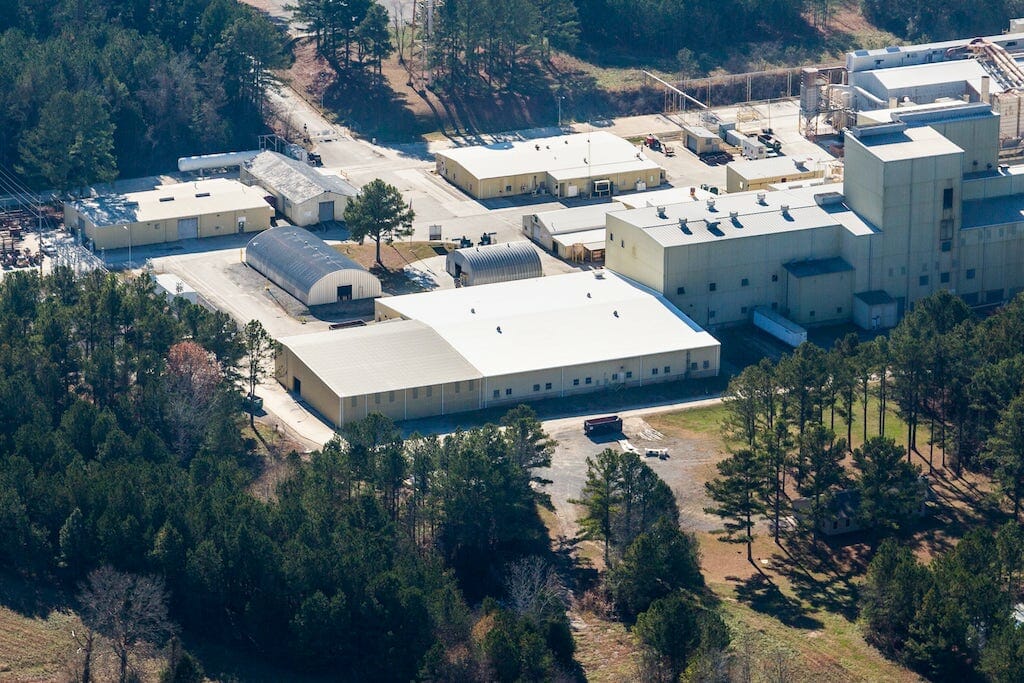When we think about our roofing systems, it’s essential to consider our location and the effect that our area’s weather can have on our roof’s lifespan. High winds are often a culprit of roof damage, and single-ply roofing systems are no exception. This article will explain what a single-ply roof is and what you should know about their wind resistance and potential damage to the roof’s membrane.
What is a single-ply roof system?
A single-ply roofing system is a protective waterproof membrane between your roof and the elements. There are two primary types of membranes: thermoset (most commonly Ethylene Propylene Diene Monomer or EPDM) and thermoplastic (PVC and TPO). Most of these roofing systems will include the single-ply membrane, a layer of insulation, protective flashing, and a way to adhere the membrane to the building (fasteners, adhesives, or welding).
What to Know About Single Ply Roofing Systems and Wind Resistance
1. If you are in a high-wind area, discuss your roof’s wind resistance with your contractor.
The concern with single-ply roofing systems is that wind will catch under the membrane and rip it, rendering it slightly or significantly damaged. There are a few different elements to consider: how experienced your contractor is with this type of roofing, how they plan to install the membrane, and how they will maintain your roof to extend its lifespan. Discuss these elements of the process with your roofing contractor to determine how you can get the most out of your investment.
2. Not all installation methods are the same when it comes to wind protection.
There are multiple ways to install a single-ply roofing system. A few of the most common methods are mechanical fasteners, adhesive, or ballast. The installation method can affect your roof’s wind resistance greatly, so if you’re in a high-wind area, this is a crucial element to consider.
When a membrane is secured with ballast, for example, it is held down with rock. This method can leave your roof vulnerable when the wind is concerned because it can get in under the membrane and tear it. However, there are considerations for wind resistance with any type of installation. If using mechanical fasteners, your roofer will need to ensure that there are enough to hold the membrane securely—as one fastener coming loose means that the others must pick up the slack, increasing the chances that more will loosen.
3. Single-ply PVC roofing membranes can resist tears better than TPO membranes.
A PVC (polyvinyl chloride) membrane, not to be confused with TPO (thermoplastic olefin), includes what’s called a “weft insertion.” This layer helps to prevent serious tears from high winds. With other materials, the wind can tear a membrane, causing a zipper effect, where the layer will continue to tear further back. However, with PVC materials, the extra protective layer stops the tear. This could be the difference between a quick patch job and a much bigger (more expensive) repair project.
If you’re looking for a full-service commercial roofing partner, don’t hesitate to contact Maxwell Roofing & Sheet Metal, Inc. today! We’re here to help.

